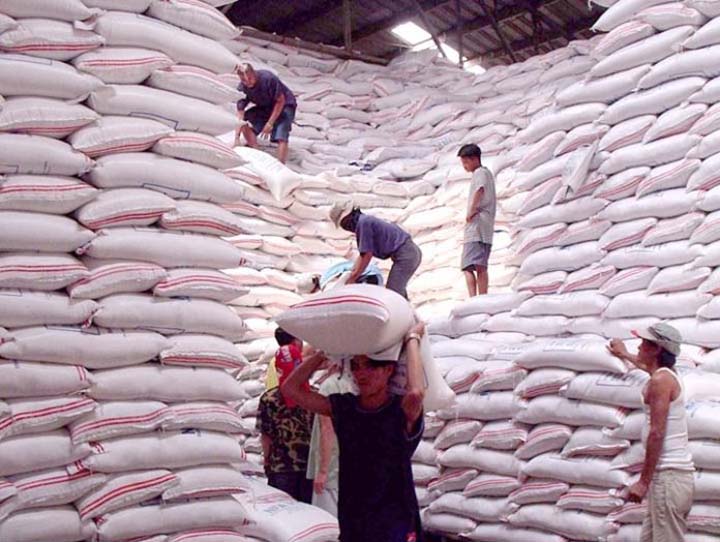
TARIFFS collected by the Bureau of Customs (BOC) from the country’s rice imports have so far reached P13.26 billion, slightly lower than what was collected in the same period last year.
Rice tariff collection from January 1 to September 24 this year was down by 2.2 percent from P13.55 billion in the comparable period in 2020, preliminary data obtained by BusinessMirror showed.
Moreover, rice import volume in the same period settled at 2.007 million metric tons (MMT), a 3.5-percent year-on-year decline from 2.08 MMT.
Meanwhile, Customs data also showed rice import volume and rice tariff collection began picking up in July until September 24 this year after four consecutive months of decline for both metrics from March to June.
From September 1 to 24, rice tariffs collected amounted to P1.51 billion, rising by 13.1 percent from P1.33 billion in 2020. Likewise, rice import volume also rose to 258,237.46 metric tons (MT), jumping by 28.2 percent from last year’s 201,401.41 MT.
The year-on-year decline in rice imports from January 1 to September 24 may be attributed to the record-level domestic rice harvest coupled with logistical problems due to global shipping problems such as lack of containers and vessels as well as high freight costs.
Due to the expected increase in rice production this year, the United States Department of Agriculture has projected that Philippine rice imports would decline by 14.28 percent to 2.1 MMT. Despite the contraction in volume, the Philippines will remain as the world’s second-biggest buyer of rice for the second consecutive year. The Department of Agriculture earlier expressed confidence that the country would be able to achieve its target of producing 20.4 MMT of palay this year, barring adverse weather conditions.
In May this year, President Duterte also signed Executive Order (EO) No. 135 to temporarily slash Most Favoured Nation (MFN) tariff rates for rice to 35 percent from 40 percent (in-quota) and 50 percent (out-quota) for a period of one year.
Malacañang earlier cited a need to lower tariff rates for rice imports to offset the expected 10-percent shortfall in the local supply of rice this year.
Finance Undersecretary Antonette C. Tionko said earlier they expected to lose P40.9 million in revenues due to the slash in rice import tariff rates until May 2022. As of August 13, the government has lost P11.39 million for lowering the tariff rates on rice imports since the EO took effect last June.
Tariffs collected from rice imports are used to fund the P10-billion annual Rice Competitiveness Enhancement Fund to bankroll programs that provide farmers with high-quality seeds, machinery, easier credit access and relevant training. This is meant to improve their productivity and become competitive.
Should annual tariff revenues from rice imports exceed P10 billion, the Rice Tariffication Law (Republic Act 11203) mandates earmarking the fund by Congress—and included in the national budget of the following year—for financial assistance to palay farmers, titling of agricultural lands, an expanded crop insurance program on rice and crop diversification.
Last year, the government collected P15.47 billion from 2.38 million MT of rice imports.
In 2019, the rice tariff collection of the Bureau of Customs amounted to P12.3 billion from 2.03 million MT of rice imports from March to December following the passage of RA 11203.

